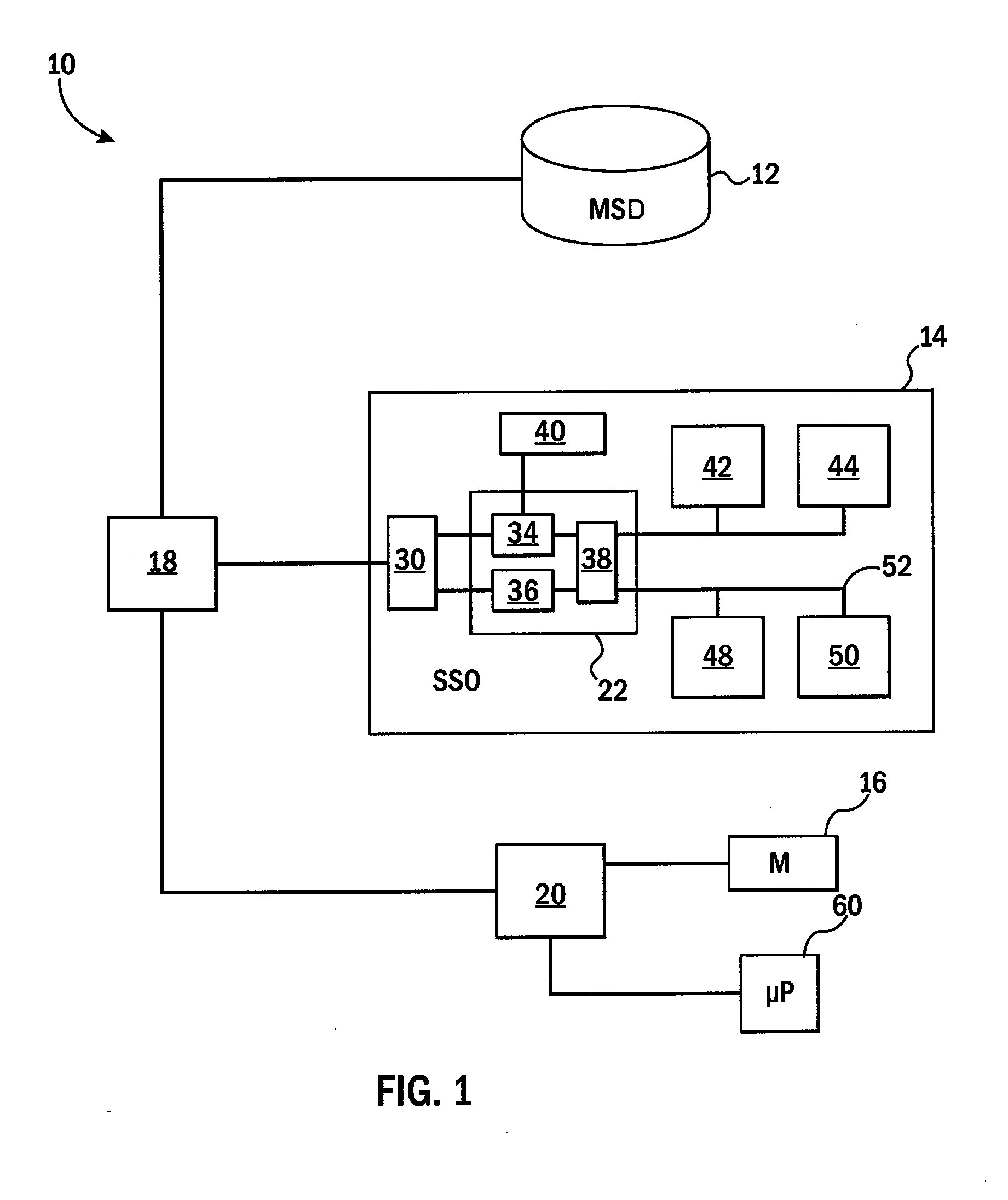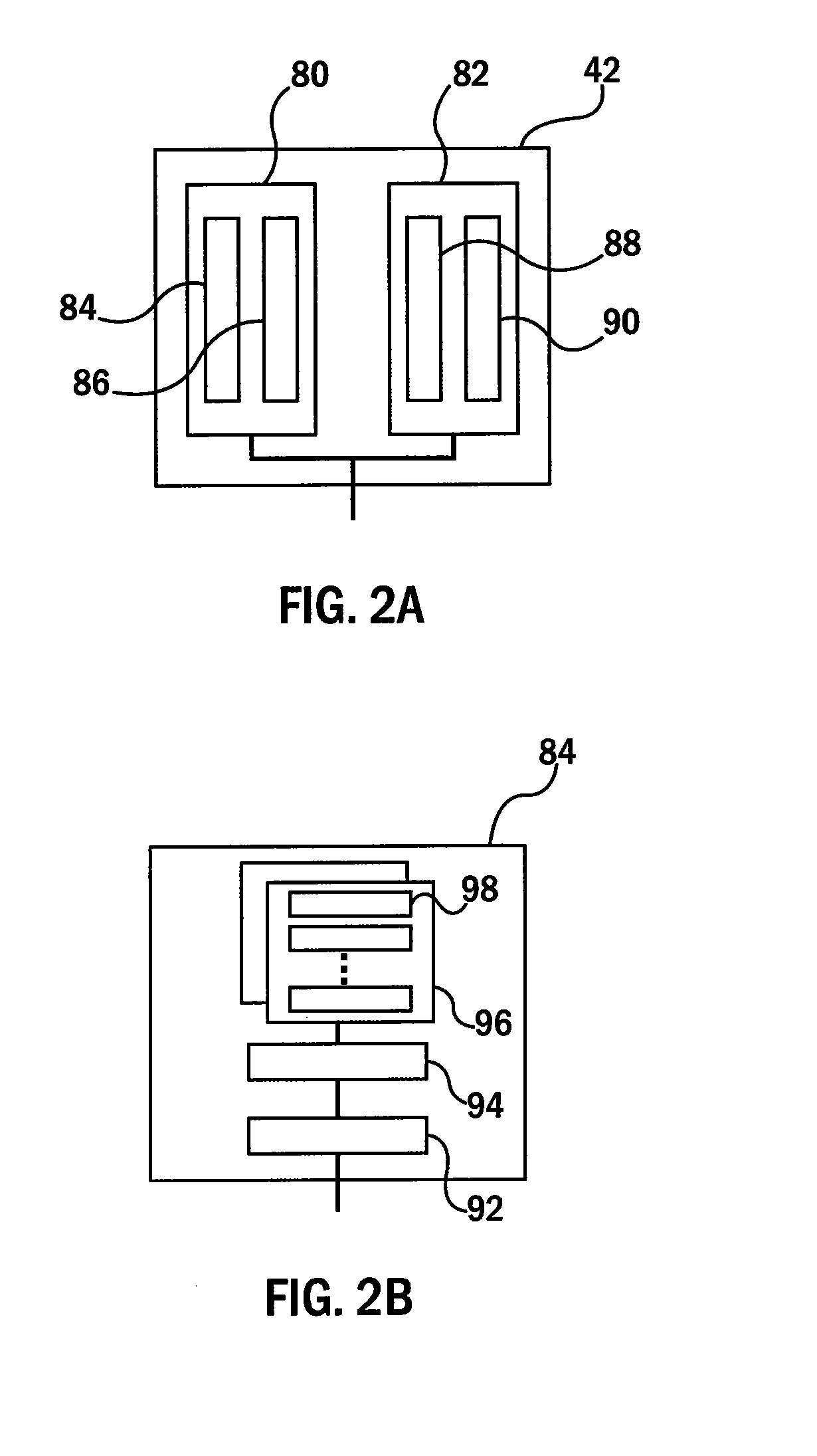High-Performance Indexing For Data-Intensive Systems
a data-intensive system and high-performance technology, applied in the field of computer systems, can solve the problems of affecting the efficiency of index data access, so as to achieve the effect of improving the access of index data and improving the efficiency of index readou
- Summary
- Abstract
- Description
- Claims
- Application Information
AI Technical Summary
Benefits of technology
Problems solved by technology
Method used
Image
Examples
Embodiment Construction
[0044]Referring to FIG. 1, the present invention shall be described in the context of a simplified computer system 10 having a mass storage device (“MSD”) 12, a solid-state drive (“SSD”) 14 and a memory 16 in accordance with an embodiment of the present invention. The mass storage device 12, which may be, for example, one or more hard disk drives, optical disc drives or magnetic tape drives, holds data which may be measured, for example, in Petabytes or Exabytes, and couples directly or indirectly to a device controller 18, which may be, for example, one or more Serial ATA (“SATA”) controllers or similar devices.
[0045]The device controller 18 also couples directly or indirectly to the SSD 14, which may be measured in size, for example, in Gigabytes, such as a 128 Gigabyte SSD, and the device controller 18 also couples directly or indirectly to a system controller or chipset 20. The system controller or chipset 20 couples directly or indirectly to one or more system processors 60, wh...
PUM
 Login to View More
Login to View More Abstract
Description
Claims
Application Information
 Login to View More
Login to View More - R&D
- Intellectual Property
- Life Sciences
- Materials
- Tech Scout
- Unparalleled Data Quality
- Higher Quality Content
- 60% Fewer Hallucinations
Browse by: Latest US Patents, China's latest patents, Technical Efficacy Thesaurus, Application Domain, Technology Topic, Popular Technical Reports.
© 2025 PatSnap. All rights reserved.Legal|Privacy policy|Modern Slavery Act Transparency Statement|Sitemap|About US| Contact US: help@patsnap.com



